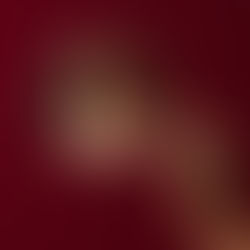A Tired Face
Most new life experiences are usually pretty well etched in our memories: first car, first job, first kiss... It should not seem ironic that my career path to aesthetics started with my very first patient ~ a woman recovering from a facelift. As a nursing student your initial care is limited to taking a medical history, which starts with the patient’s “chief complaint”. I remember the trepidation I felt as I walked in the hospital room at a tertiary care center in downtown Chicago. (In 1983, such a surgery came with a several-day hospital stay.) My patient was about 2 days post-op and her face was largely covered in bandages. She and I both realized this interview was largely an exercise in bedside manner.

Chief Complaint: “I had a tired face.”
I really didn’t understand what “a tired face” meant. At my young-ish age, I understood she was old-ish, and wanted to have less wrinkles, and was probably well-off to pursue this treatment. She had a sense of humor, and was rather healthy. So, she didn’t exactly fit the prototype of a sick person suffering from complicated medical problems at our institution. Our relationship ended at the conclusion of our interview.
Life and experience have taught me much about the meaning of a tired face. Beyond treatments to rejuvenate visible signs of aging, there the less visible signs of youth we convey in our demeanor. So, we don't want to overlook the element of nurturing our vibrant inner child when we seek rejuvenation. Renewing pathways that lighten stress, energize and enrich us add considerable positive benefit in an overall aesthetic assessment.
While my first patient's history did not seem like anything especially significant at the time, I am so grateful for her choice of words and levity, that I can reflect on them after all these years.






















